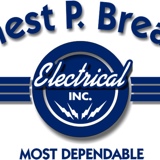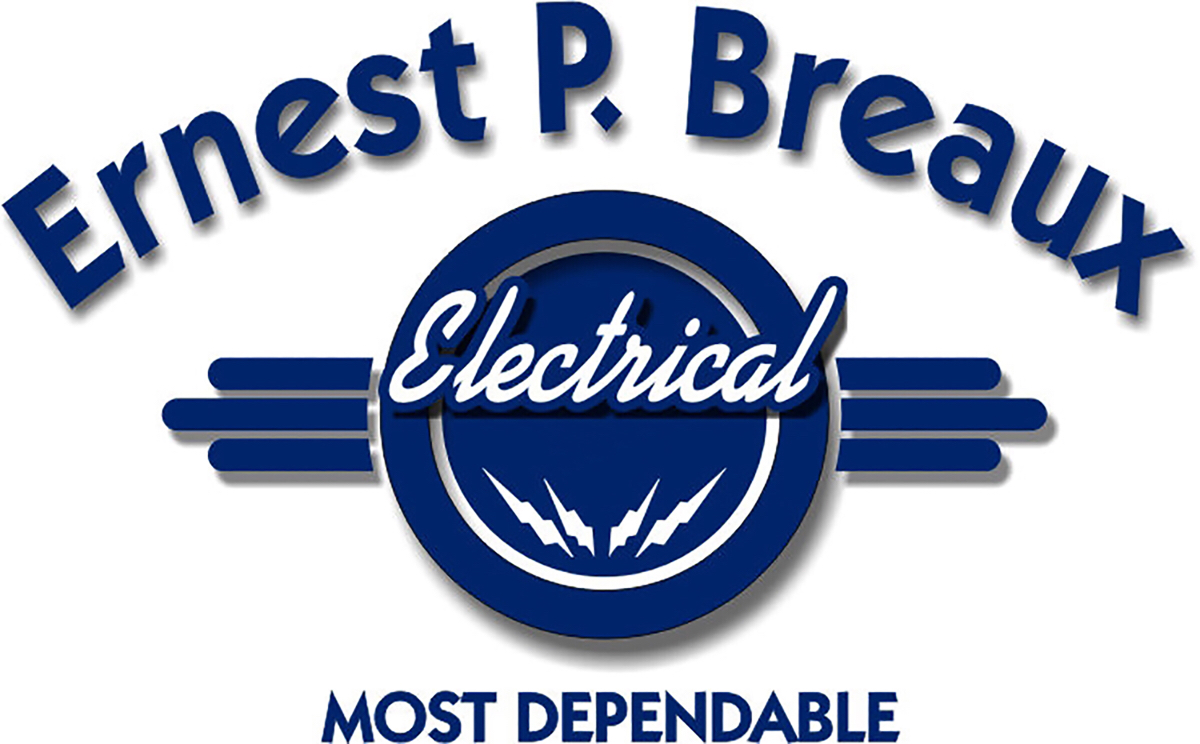Information
-
Audit Title/Job Name:
-
Document/Job No.
-
Job Classification:
-
Job Foreman:
-
Project Manager:
-
Inspection performed by
-
Overall Score:
-
Inspection Conducted on:
-
Job Site Location:
Page 1
OSHA and EPB General Requirements and Postings
-
1. Is First Aid kit on site and well stocked?<br>OSHA Standard 1926.50(d)(2)
-
2. Is the First Aid register in kit and in use?<br>OSHA Standard 1926.50(d)(2)
-
3. Are the Emergency numbers posted?<br>OSHA Standard 1926.50(a)
-
4. Is the five in one poster & emergency action plan posted?<br>OSHA Standard 1926.35(d)
-
5. Is the OSHA 300 log posted/available?<br>OSHA Standard 1904.32(b)(5)
Fall Protection Systems
-
6. Are employees using fall protection when required?<br>OSHA Standard 1926.501(a)(2)
-
7. Are employees using the system properly?<br>OSHA Standard 1926.501(a)(1)
-
8. Are employees trained in the use of fall protection systems?<br>OSHA Standard 1926.503(a)(1)
-
9. Is fall protection equipment inspected and stored in good condition?<br>OSHA Standard 1926(d)(21)
Sanitation
-
10. Are toilet facilities adequate and clean?<br>OSHA Standard 1926.51(c)(1)
-
11. Are there individual drinking cups available next to cooler?<br>OSHA Standard 1926.51(a)(4)
-
12. Is there a trash receptacle by the drinking cooler?<br>OSHA Standard 1926.51(a)(5)
-
13. Is all trash and debris picked up in work area?<br>OSHA Standard 1926.51(a)(5)
Fire Protection
-
14. Are employees trained in the use of fire extinguishers?<br>OSHA Standard 1926.150
-
15. Are fire extinguisher inspections current?<br>OSHA Standard 1926.150(c)(1)(viii)
-
16. Are there fire extinguishers within 100 feet of all work areas?<br>OSHA Standard 1926.150(c)(1)(i)
-
17. Are all fire extinguishers in good working order?<br>OSHA Standard 1926.150(a)(4)
-
18. Is there an extinguisher within 50 feet of all flammable liquids of 5 gallons or more?<br>OSHA Standard 1926.150(c)(1)(vi)
-
19. Are flammable liquids stored in approved safety cans?<br>OSHA Standard 1926.152(a)(1)
-
20. Is there a 20lb. extinguisher within 25-75 feet of bulk fuel storage?<br>OSHA Standard 1926.152(d)(1)
-
21. Are there "NO SMOKING" signs posted in the storage areas?<br>OSHA Standard 1926.151(a)(3)
-
22. Is there a 20lb., ABC extinguisher within 50 ft. of acetylene and oxygen tanks?<br>OSHA Standard 1926.152(d)
-
23. Is there a 20lb., ABC extinguisher located in welding/cutting area?<br>OSHA Standard 1926.352(d)
Housekeeping and Material Handling
-
24. Are all stairways and aisles clear of material and debris?<br>OSHA Standard 1926.250(a)(3)
-
25. Is material stored or stacked properly to prevent injuries?<br>OSHA Standard 1926.250(a)(1)
-
26. Is all pipe/conduit blocked to prevent material from rolling?<br>OSHA Standard 1926.250(a)(4)
-
27. Are all nails removed from all boards not in use?<br>OSHA Standard 1926.250(b)(8)(i)
-
28. Is material from upper floors secured from blowing/falling?<br>OSHA Standard 1926.259(b)(1)
-
29. Are employees using proper bending techniques?<br>COMPANY POLICY
-
30. Is there adequate material handling equipment on site?<br>COMPANY POLICY
-
31. Is trash and debris removed daily?<br>OSHA Standard 1926.250
Signs and Barricades
-
32. Are signs and barricades used to protect the public from job hazards?<br>OSHA Standard 1926.200
-
33. Are all signs and barricades adequate?<br>OSHA Standard 1926.200
-
34. Is overhead protection provided at building access?<br>OSHA Standard 1926.202
-
35. Are all barricades removed when task is completed?<br>OSHA Standard 1926.202
-
36. Are there signs identifying all hazards? I.E. Electrical, Excavations...<br>OSHA Standard 1926.200
Tools
-
37. Do all tools have the proper guards?<br>OSHA Standard 1926.300(b)(1)
-
38. Are all electrical cords and plugs in good condition?<br>OSHA Standard 1926.403(b)
-
39. Are employees trained in powder actuated tools?<br>OSHA Standard 1926.302(e)(1)
-
40. Are tools being inspected and stored properly?<br>OSHA Standard 1926.300(a)
Electrical
-
41. Are GFCI breakers tested daily and documented?<br>OSHA Standard 1926.404(b)(1)(i)
-
42. Are temporary lights properly suspended and maintained?<br>OSHA Standard 1926.405(a)(2)(ii)(F)
-
43. Are the temporary power cords protected from heavy traffic?<br>OSHA Standard 1926.405(a)(2)(ii)(I)
-
44. Are the temporary power panels in good condition and maintained?<br>OSHA Standard 1926.405(b)(2)
-
45. Are all unused knockouts blanked?<br>OSHA Standard 1926.405(b)(1)
-
46. Are all panel schedules in place?<br>OSHA Standard 1926.403(h)
-
47. Are all panels marked and made inaccessible to unauthorized persons?<br>OSHA Standard 1926.405
-
48. Is LO/TO equipment on site, used, and documented?<br>OSHA Standard 1926.417
-
49. Is the written LO/TO procedure on site?<br>OSHA Standard 1926.417
-
50. Are the authorized personnel identified, trained, and qualified to LO/TO?<br>OSHA Standard 1926.417
-
51. Are the LO/TO tags/logs properly filled out and up to date?<br>OSHA Standard 1926.417
-
52. Is there a copy of Energized Electrical/Hot Work policy on site?<br>OSHA Standard 1926.416(a)(1)
-
53. Is all hot work in full compliance with policy?<br>OSHA Standard 1926.416(a)(1)
-
54. Have all authorized persons received hot work training?<br>OSHA Standard 1926.416(a)(1)
-
55. Are there covers, faceplates, or fixture canopies?<br>OSHA Standard 1926.405(b)(2)
-
56. Other items:
Welding and Cutting
-
57. Are all leads and stringers in good condition?<br>OSHA Standard 1926.351(b)(2)
-
58. Are all bare spots on welding leads properly repaired?<br>OSHA Standard 1926.351(b)(4)
-
59. Is the first 10 feet of the leads free from damage?<br>OSHA Standard 1926.351(b)(2)
-
60. Is proper eye protection available and in use?<br>OSHA Standard 1926.353(e)(2)
-
61. Are all cylinders in a secured, upright position?<br>OSHA Standard 1926.350(a)(9)
-
62. Do all cylinders have protective caps when not in use?<br>OSHA Standard 1926.350(a)(1)
-
63. Is there a 20lb. ABC Ext. located in welding/cutting area?<br>OSHA Standard 1926.352(d)
-
64. Is there a fire watch needed/used?<br>OSHA Standard 1926.352(e)
-
65. Is a welding screen utilized to protect personnel?<br>OSHA Standard 1926.352(b)
-
66. Is there a 20 foot separation between O2 and acetylene when stored?<br>OSHA Standard 1926.350(a)(10)
Ladders
-
67. Are spreaders on step ladders down and locked?<br>OSHA Standard 1926.1053(a)(8)
-
68. Are all ladders inspected daily and in good condition?<br>OSHA Standard 1926.1053(b)(15)
-
69. Are all ladders rated for task uses?<br>OSHA Standard 1926.1053(a)(1)(i)
-
70. Are side rails 3 feet above landings for extension ladders?<br>OSHA Standard 1926.1052(b)(1)
-
71. Are extension ladders secured at the top and/or bottom?<br>OSHA Standard 1926.1053(b)(1)
-
72. Are doorways barricaded when necessary?<br>OSHA Standard 1926.1053(b)(8)
-
73. Are employees trained on and using ladders properly?<br>OSHA Standard 1926.1060
-
74. Is proper fall protection used when required?<br>OSHA Standard 1926.1053(a)(22)
Scaffolds
-
75. Is fall protection used for erection/dismantling scaffolds?<br>OSHA Standard 1926.501(b)(15)
-
76. Are scaffolds on secure footings with base plates and mud sills?<br>OSHA Standard 1926.451(c)(2)
-
77. Is there a competent person on site or available?<br>OSHA Standard 1926.451(g)(2)
-
78. Is there fall protection in place?<br>OSHA Standard 1926.451(g)(1)
-
79. Are employees trained in the proper erection and use of scaffolds?<br>OSHA Standard 1926.454
-
80. Is scaffolding inspected and documented prior to use?<br>OSHA Standard 1926.451(g)(2)
Aerial Lifts and Platforms
-
81. Are employees trained/certified on equipment?<br>OSHA Standard 1926.453(b)(2)(ii)
-
82. Do employees stay in/on platform at all times?<br>OSHA Standard 1926.453(b)(2)(iv)
-
83. Are all lift/platform safety devices operational?<br>ANSI 92.2-1969
-
84. Is fall protection used properly?<br>OSHA Standard 1926.453(b)(2)(v)
-
85. Are lifts/platforms operated according to manufacturer?<br>OSHA Standard 1926.453(b)(2)
-
86. Are the Dailey Equipment Checklists completed according to procedure?<br>ANSI 92.2-1969
Excavations
-
87. Has LaOne Call been called, notified, and the ticket maintained?<br>STATE LAW
-
88. Are employees protected from falls to a lower level?<br>OSHA Standard 1926.651(i)
-
89. Is there a competent person present?<br>OSHA 1926.651(k)(1)
-
90. Are excavations properly sloped or benched?<br>OSHA 1926.652
-
91. Are all spoil piles at least 2 feet from the edge of excavation?<br>OSHA 1926.651(j)(2)
-
92. Is water control adequate?<br>OSHA 1926.651(h)(1)
-
93. Is there adequate access and egress points?<br>OSHA 1926.651(c)
-
94. Are trenches 20ft. or more in depth designed by RPE?<br>OSHA 1926.250(b)(1)
-
95. Are protective systems adequate to protect employees from cave-ins?<br>OSHA 1926.651(j)
Floor/Wall Openings, Stairwells, and Roofs
-
96. Are all holes 2 inches or larger in diameter covered?<br>OSHA 1926.501(c)(1)
-
97. Are all hole covers marked accordingly?<br>OSHA 1926.502(i)(4)
-
98. Are all employees protected from falling objects?<br>OSHA 1926.501(c)
-
99. Is all material at least 10 feet from the floor edge?<br>OSHA 1926.250(b)(1)
-
100. Do all guard rails meet OSHA requirements?<br>OSHA 1926.502(b)
-
101. Are steel stair pans filled?<br>OSHA 1926.1052(b)(1)
-
102. Is fall protection provided/used for fall exposures in excess of 6 feet?<br>OSHA 1926.501(b)(15)
Confined Space
-
103. Has the CF been tested for toxic/combustible gases, oxygen content?<br>1910.146(c)(1)
-
104. Is all required PPE in place and being used according to procedure?<br>OSHA 1910.146(d)(4)
-
105. Is there a method of communication between attendant and entrants?<br>OSHA 1910.146(i)(5)
-
106. Are the site specific requirements/procedures in place?<br>OSHA 1910.146(d)(9)
-
107. Is there a competent person in place?<br>OSHA 1910.146(c)(5)(ii)(H)
-
108. Are all the required permits completed?<br>OSHA 1910.146(f)
-
109. Is the emergency action plan posted?<br>OSHA 19146(d)(9)
-
110. Is energy isolation (LO/TO) required/performed according to procedure?<br>OSHA 1910.146(f)(8)
-
111. Are all entrants and attendants properly trained?<br>OSHA 1910.146(h) & (i)
Heavy Equipment
-
112. Are all operators properly trained and certified?<br>OSHA 1926.602(d)
-
113. Is there a competent person present, if necessary?<br>OSHA 1926.602
-
114. Are all operators using seat belts?<br>OSHA 1926.602(a)(2)
-
115. Are there no riders allowed on any equipment?<br>OSHA 1926.602(c)(1)(vii)
-
116. Does equipment have functional back-up alarms?<br>OSHA 1926.602(c)(1)(vi)
-
117. Are the Daily Equipment Checklists being completed according to procedure?<br>ANSI B56.1-1969
-
118. Are all safety devices on equipment operational?<br>OSHA 1926.602(c)(1)(vi)
-
119. Is equipment operated at safe speeds?<br>ANSI B56.1-1969
-
120. Is all proper safety equipment/signage available on site?<br>OSHA 1926.602
-
121. Is all equipment repaired/maintained properly?<br>OSHA 1926.602
Review of Activity Since Last Inspection
-
122. Are JSA's performed and documented according to procedure?<br>COMPANY POLICY
-
123. Are accident reporting and investigations done according to procedure?<br>COMPANY POLICY
-
124. Are all employees wearing the appropriate PPE?<br>1910.132
-
125. Do all employees know what and where their HAZCOM plan is?<br>1910.1200
-
126. Are all impalement hazards adequately protected?<br>COMPANY POLICY
Other Safety Concerns
-
127. Other
-
Additional Comments:
-
OSHA 1926 Link:
http://www.osha.gov/pls/oshaweb/owasrch.search_form?p_doc_type=STANDARDS&p_toc_level=1&p_keyvalue=1926












